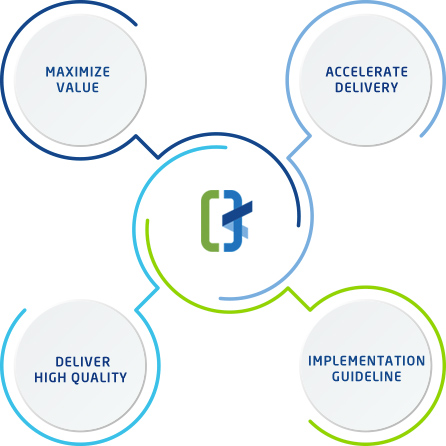- Sales started within 5 months
An insurance greenfield startup started sales within 5 months;
we helped them implement a new core platform and an innovative
frontend, which won several market awards
- Go-live 4 months ahead of schedule
A large-scale transformation of a P&C Insurer, including the implementation
of a new core platform, went live 4 months ahead of schedule
eliminating additional license costs for the customer.
- The largest Agile transformation in Europe
A leading CEE Insurer with over 20m customers historically
struggled with flexibility and was losing market shares; we helped them
with the largest Agile transformation in history while implementing
a new core platform.

















